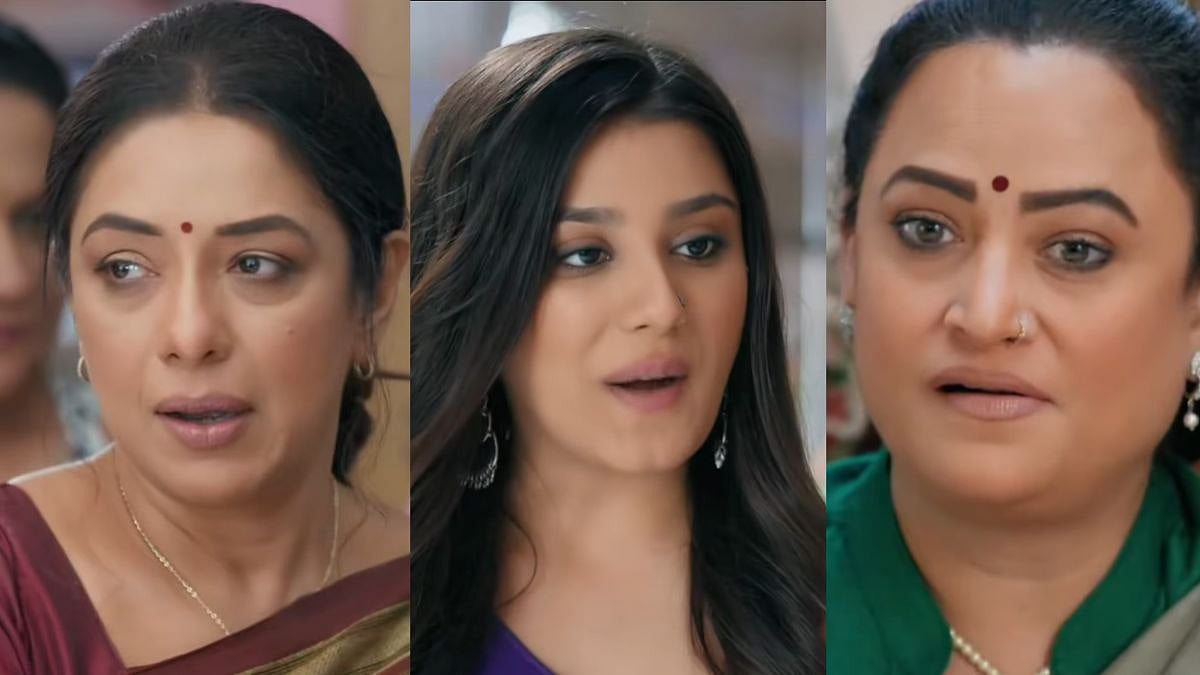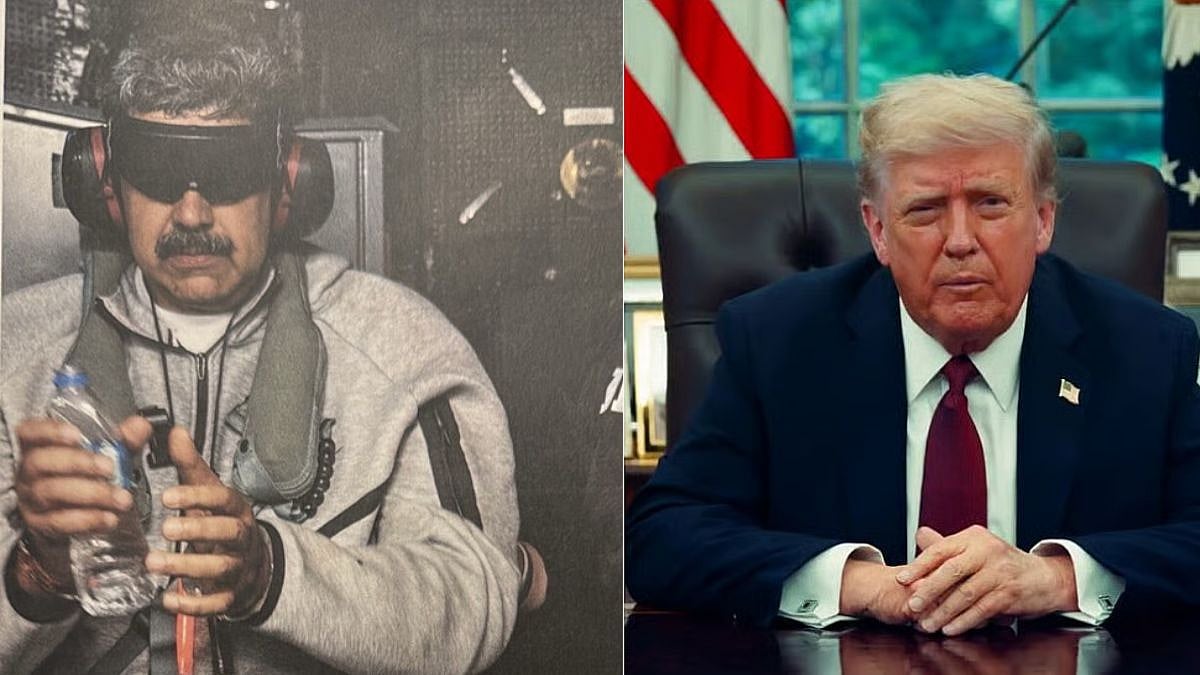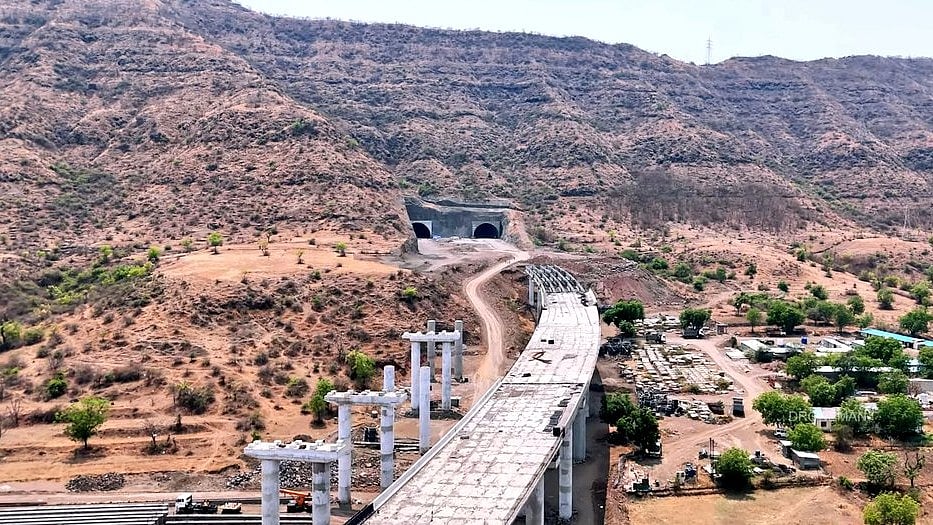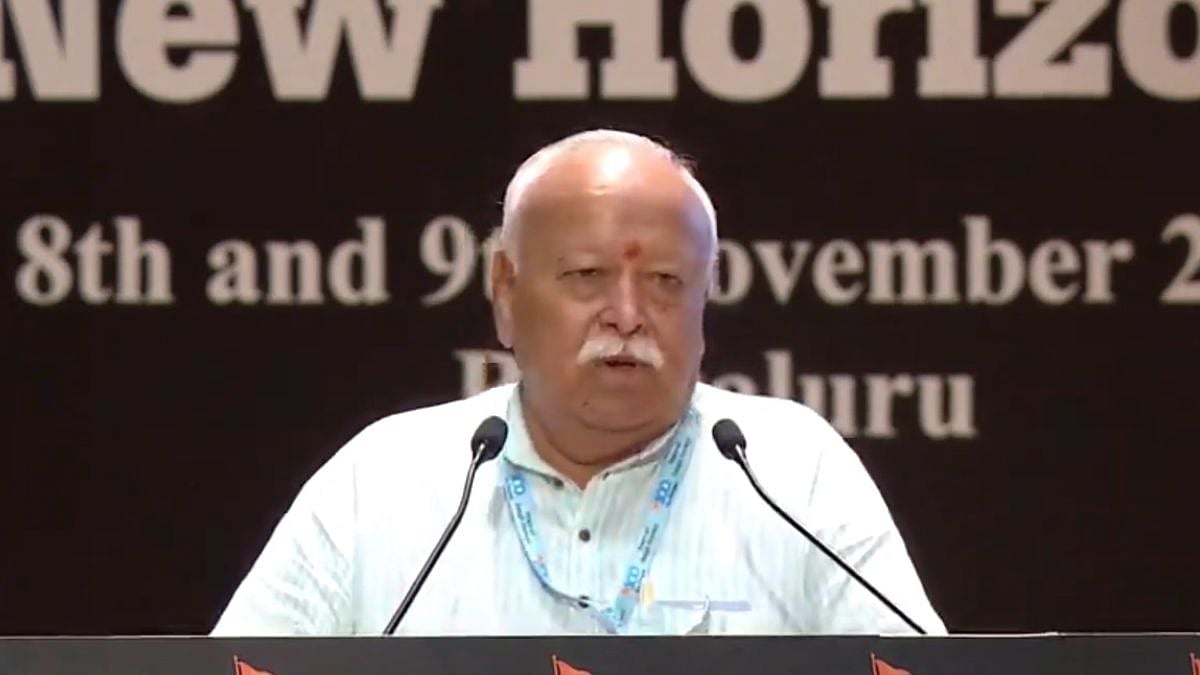With two new court rooms added and the total strength of the judges raised by three to 34, the Narendra Modi government has acceded to the request of Chief Justice of India Ranjan Gogoi to raise the strength of the top court to ensure that the backlog of 58,331 cases is considerably reduced.
CJI Gogoi administered the oath of office and secrecy to justices Krishna Murari, S Ravindra Bhat, V Ramasubramanian and Hrishikesh Roy in a simple function in courtroom one. Justices Murari and Bhat headed the Punjab and Haryana and Rajasthan high courts respectively. Justices Ramasubramanian and Roy headed the Himachal Pradesh and Kerala High Courts respectively. There has been considerable speculation as to whether former chief justice Vijaya Kamlesh Tahilramani who was the seniormost among the high court judges would have been superceded to the Supreme Court after she was transferred to the Meghalaya High Court as chief justice.
Perhaps she knew she was going to be superceded which is why she put in her papers to save her face from ignominy. Former Supreme Court judge Markandey Katju has written in his blog that he learnt from several Supreme Court judges there were complaints about her functioning because she used to allegedly sit in the court until 12.30 p.m. and sometimes not sit in the post-lunch session. This example was emulated by other judges of the Madras High Court which sent a wrong signal to the lawyers and litigants.
The controversy got a further impetus after lawyers from the Madras High Court went on a one-day flash strike to protest against the transfer of chief justice Tahilramani prompting the apex court collegiums to state that if forced to divulge reasons in public for transferring high court judges, they would not hesitate to do so.
The four judges who were elevated to the Supreme Court were cleared for elevation by the apex court collegium on August 30. With the strength now to 34, the highest ever, it remains to be seen how fast the backlog is reduced. Dispensation of justice does not involve solely the quick disposal of cases but also affording an adequate opportunity to the litigants to put forward their grievances. There were a few judges in the Bombay High Court, one of whom later became a chief justice of India, who were known for speedy disposal of cases without allowing contending lawyers to argue at length. They had already read the briefs and made up their mind what they would dictate in open court. This sometimes resulted in heartburn because justice was not always seen to be done although the matters were speedily disposed off. Giving the lawyers breathing space to argue and put forward rival contentions is also a part of justice dispensation. One of the judges who had a high disposal rate has now gone to the Karnataka High Court as chief justice.
CJI Gogoi had informed Prime Minister Narendra Modi that due to a paucity of judges, the Constitution benches comprising a minimum of five judges were not being formed to decide important cases involving the interpretation of the Constitution. According to a written reply by the Law Ministry to a Rajya Sabha question on July 11, 59,331 cases were pending in the top court.
"You would recall that way back in 1988, about three decades ago, the judge strength of the Supreme Court was increased from 18 to 26, and then again after two decades in 2009, it was increased to 31, including the CJI, to expedite disposal of cases to keep pace with the rate of institution," CJI Gogoi wrote to Modi.
"I request you to kindly consider, on top priority, to augment the judge-strength in the Supreme Court appropriately so that it can function more efficiently and effectively as it will go a long way to attain the ultimate goal of rendering timely justice to the litigant public," Gogoi wrote.
Some of the consultee judges are learnt to have questioned the recommendation to elevate some of the candidates who are lower in the order in the all-India seniority list. Consultee judges are those who have earlier served in courts where the candidate judges are currently posted. The views of consultee judges are not binding on the collegium. But by ignoring them, the collegiums has set a dangerous precedent making itself supreme.
The Supreme Court (Number of Judges) Act, 1956, originally provided for a maximum of 10 judges (excluding the CJI). This number was increased to 13 by the Supreme Court (Number of Judges) Amendment Act, 1960, and to 17 in 1977. The working strength of the Supreme Court was, however, restricted to 15 judges by the cabinet (excluding the chief Justice of India) till the end of 1979. But the restriction was withdrawn at the request of the chief justice of India.
In 1986, the strength of the top court was increased to 25, excluding the CJI. Subsequently, the Supreme Court (Number of Judges) Amendment Act, 2009 further augmented the strength of the court from 25 to 30.
But the total number of judges apart, whether these judges were handpicked because they did not pose a threat to the Narendra Modi government remains to be seen. When the collegium reiterated the name of Justice KM Joseph a second time, the Modi government had no choice but to capitulate. However, union law minister Ravi Shankar Prasad’s announcement that his ministry would not act as a mere “post-office” in selection of judges has sinister overtones because it sends a message that the Modi government also wants to have a say in who will become a judge.
The writer holds a Ph.D in Media law and is a journalist-cum-lawyer of the Bombay High Court.









